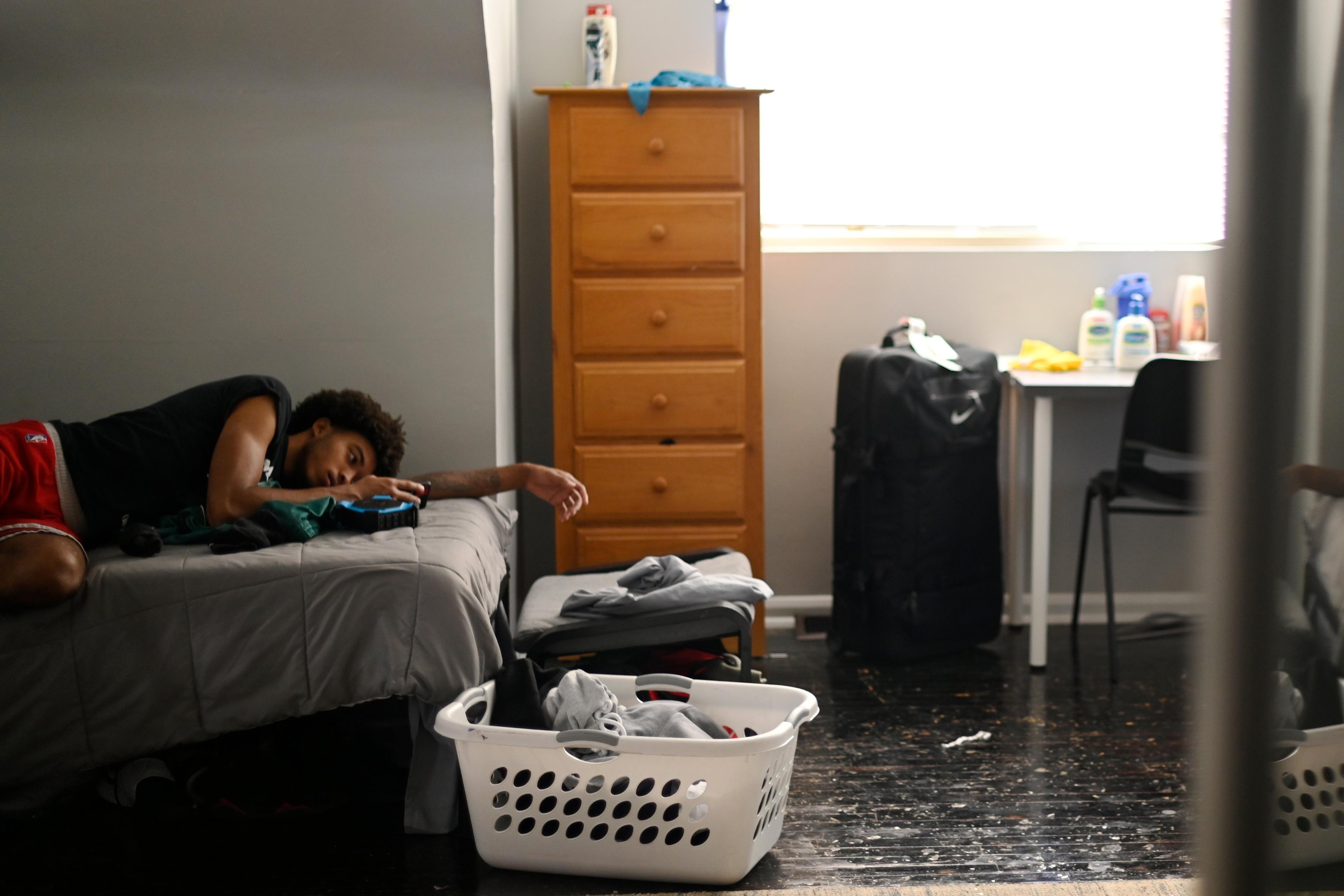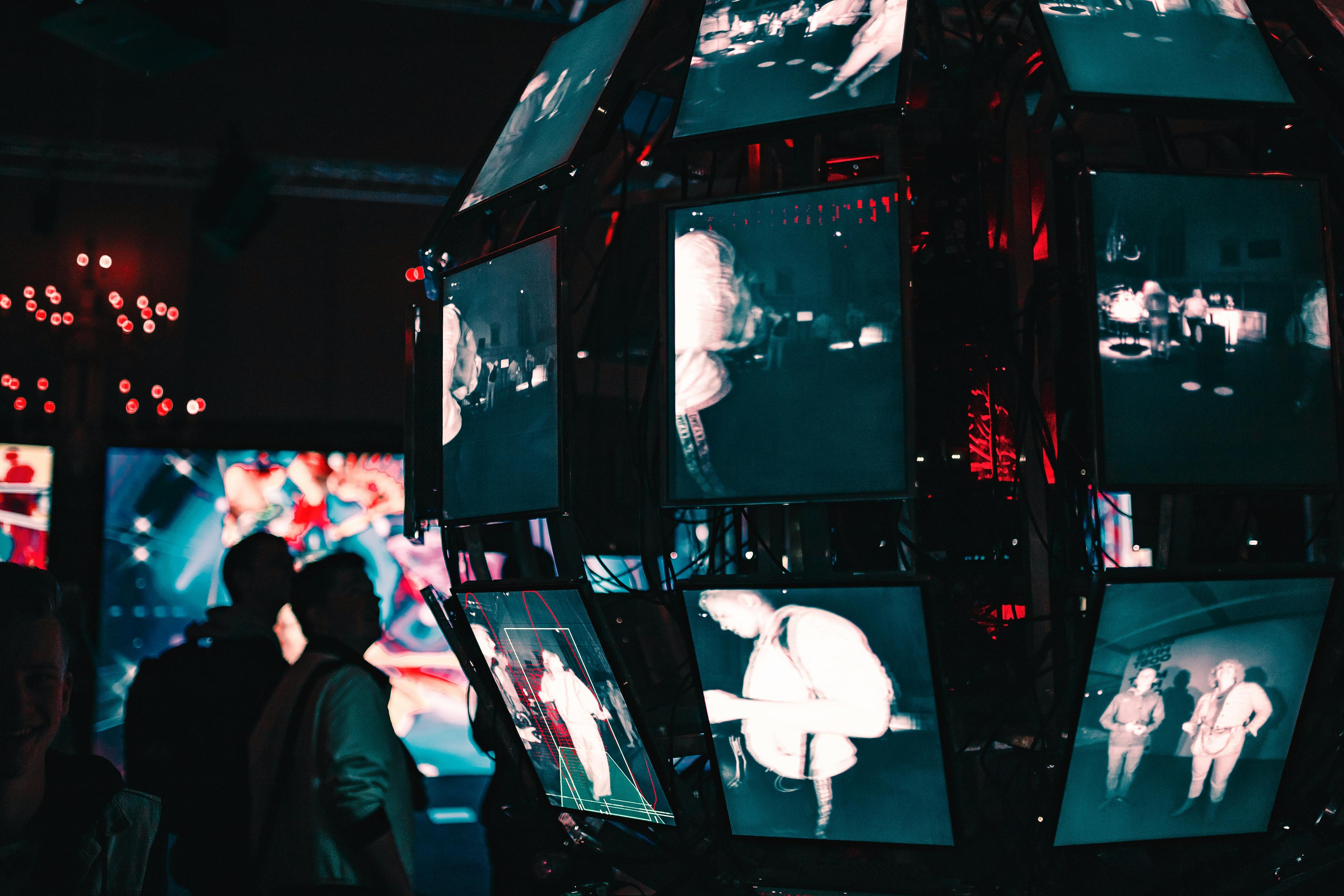I recently encountered a man who goes by the rather unusual name of Davecat, and who describes himself using the even more unusual labels of ‘robosexual’ and ‘iDollator’. He prefers the company of life-size dolls over human partners. He’s done plenty of media, alongside his RealDoll ‘wife’ Sidore Kuroneko and their silicone-skinned live-in companions, serving as an open and articulate example of people who buy and use sex dolls.
Robosexuals eagerly await the promised arrival of sophisticated sex robots: talking, walking dolls that can carry a conversation, discern what a user wants, and give it to them. Realbotix, the Californian company that makes RealDolls such as Sidore, is a frontrunner in the nascent sex robot market. Today’s models exhibit some robotic movement and chatbot-style conversation. Within a few short years, we are promised, more life-like skin, more fluid movement and artificial intelligence (AI)-enhanced personalities will pull robots out of their closets and thrust them into the mainstream.
My recent book, Artificial Intimacy (2021), considers the new ecosystem of digital lovers, virtual friends and algorithmic matchmakers that cater to deep human needs for social contact, friendship, intimacy, love and sex. The digital lovers tend to work at the love-sex end of the spectrum, and they include today’s dollbots – halfway between static sex dolls and the more advanced robots that seem to be on the horizon. The realm of digital lovers also includes multisensory virtual reality (VR) sexual experiences between users and VR characters, or among users.
Before more life-like sex robots and VR lovers arrive, however, less eye-catching digital-lover technologies are making their presence felt. They include smart sex toys, computer games that simulate romance, and interactive VR pornography. As AI enhances those technologies, it promises to make them more compelling and addictive, and a bigger part of our lives.
Many people find the idea of digital lovers unsettling. Some fear being replaced. For others, there’s a concern about how interacting with sexy, friendly robots and VR technologies might change – for the worse – the ways in which people interact with one another. In discussing these concerns, people often reassure themselves by naming something quintessentially human that machines cannot do. They can touch us, but not with human tenderness. They might move and moan with apparent pleasure, but never initiate a new or surprising position. They could fool us into treating them with affection, but never make us think we are in love. But the rate at which sex tech is advancing and the potential for new directions in virtual sex should prompt us to ask: are there any ways in which digital lovers could eventually be as good as (or even better than) real ones?
For me, the hopeful arguments of digital-lover sceptics bring to mind the human exceptionalism behind anti-evolution thinking. In Charles Darwin’s time, opposition to evolution drew on the fear that it displaced humans as paragons of special creation. The 19th-century anatomist Richard Owen fulminated against the so-called bestialisation of man, arguing that human brains bore special structures signifying human uniqueness. The young Thomas Henry Huxley located those same structures in gorilla skulls, knocking Owen off his perch as Britain’s preeminent anatomist, and humanity from its status as creation’s zenith.
Huxley showed that the differences between gorillas, chimps and humans are matters of degree. Even among scientists today, periodic claims arise that certain traits are uniquely human, only to be dismissed by evidence. Tool use, abstract thought, culture and war have all suffered their own Huxley moments.
Now, those who prognosticate about what machines will never be able to do are due their Huxley moments. Consider the psychologist Sherry Turkle, who writes with deep humanity about technology’s social effects. In The New York Times, Turkle wrote: ‘There will never be an age of artificial intimacy’ because ‘robots may be better than nothing, but they still won’t be enough.’ For many people, of course, better than nothing is all they are likely to get.
Davecat professes that his bevy of sex dolls are both better than nothing and enough. He might be atypical, but as AI, robotics and VR improve, a growing number of people are likely to find that what technology offers is better than what the offline world provides them. Machines don’t have to become perfect anatomic, psychological and erotic simulacra to capture people’s interest.
History shows that technologies only have to be better than nothing to start affecting users’ lives. My glitchy little Atari 2600 game console kept me up late and got between me and my homework through the early 1980s. Scratchy transistor radio, fuzzy black-and-white television, and slow dial-up internet distracted teens and adults alike long before the slick versions we now recognise. Today, social media diverts users’ attention despite offering a pale imitation of offline social life. Machine-learning algorithms work through a bottomless well of these users’ data to find what keeps them engaged.
While the idea of AI making social media more compelling might be familiar, how about AI-enhanced sex toys? Lioness has been billed as ‘the world’s most advanced vibrator’ because it gathers data when in use, allowing users to visualise graphs of their arousal and orgasms, relating them to data from tens of thousands of other users. Likewise, Autoblow AI was developed from a machine-learning analysis of fellatio videos to mimic real oral sex. The main prize, however, would be a sex toy that can learn an individual user’s preferences and the cues that they want a change of pace or intensity. Artificially intelligent toys aren’t there just yet.
So yes, clunky dollbots and smart sex toys such as these might not currently be as satisfying as ‘the real thing’. But the enthusiasm with which users embrace them attests that, for some, they are already better than nothing.
Recent developments in virtual sex between human partners could pave the way to richer interactions with artificial partners. Teledildonics – sex toys that can be controlled over the internet – already make play possible for lovers separated by distance or pandemic. Coordinated toys and a growing variety of haptic gloves and patches that convey touch allow couples to stimulate one another simultaneously, effectively enjoying virtual sex.
The as-yet unrealised promise of virtual sex comes from the integration of teledildonics, haptics and VR into an immersive experience. VR offers users the chance to move through a virtual scene, interacting – socially and sexually – with other characters. For now, those characters are porn performers. Users don headsets to view scenes filmed as if the viewer were either a third-party observer or a participant.
The next leap will involve the generation of scenes where a user can interact freely with the characters. Once users can take the scene in original directions, and characters can respond, moving, making sounds and conveying touch, VR porn will cross over into VR sex.
Admittedly, the computational and programming demands mean this kind of interactive VR remains many years away. It will require advances in animated computer-generated imagery (CGI) and audio, allowing visuals to be generated on the fly. Characters will need to know what to do and say, and how to move, to make the scene interactive. That involves building responsive AI personalities that can learn about a user, infer what they might enjoy, and turn that into video, sound and touch. Those are pretty much the problems faced by would-be sex-robot manufacturers, except the movement challenges involve CGI rather than robotics. Of course, upgrading a robot with more realistic movement or a more intelligent sexual persona is expensive. With VR, the upgrades might be downloaded quickly and settings changed with a few mouse clicks.
VR could also offer near-infinite variety. Your VR lover could present as a middle-aged Danish woman one day and as a young Tongan man the next. More than that, they could potentially take on any expression of gender, anatomy and personality you might imagine. That includes defying the usual laws of physical anatomy. Why be constrained to two arms, or only one penis or one vulva?
I evoke such possibilities not just because they are titillating: the creation of interactive, responsive, shape-shifting characters, able to both appear in a sexual scene and to have ongoing relationship-like interactions with users, could present unprecedented opportunities for sexual and romantic self-discovery. People whose circumstances prevent them from discovering or expressing their gender or sexuality could, in VR, have chances to experiment and learn about themselves in relative safety. These users are people for whom ‘better than nothing’ really matters.
VR sex could potentially even rewrite what we think we know about human preferences, challenging static ideas about gender, sexuality and having a ‘type’. Understanding of our gendered, sexual selves is currently somewhat constrained by the limited expressions of gender and sexuality that we tend to encounter in other people. VR might enable a golden age of self-discovery, allowing users to grapple with their own complexity and fluidity.
Digital lovers, especially in VR, might also help individuals and societies relieve the ancient tensions surrounding monogamy. People whose thirst for sexual variety gets in the way of their wish for committed, monogamous relationships could find that they no longer have to choose: for some, using digital lovers to enjoy sexual variety might be easier to negotiate with a human romantic partner than ethical nonmonogamy would be.
The common worries about being replaced by digital lovers or about their impact on social interactions remain to be addressed – but the potential upsides should also be considered. The combination of VR, AI and haptic-teledildonic devices might not only facilitate sexual pleasure, but also expand how people understand their sexual selves. In that sense, new developments could take the sex tech of tomorrow from ‘better than nothing, but not nearly enough’ to ‘even better than the real thing’.








